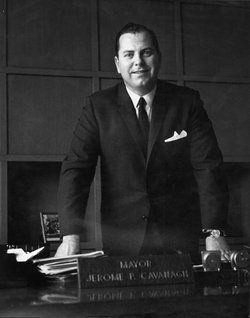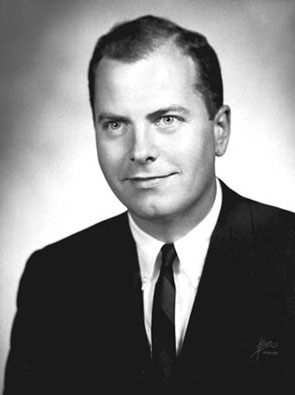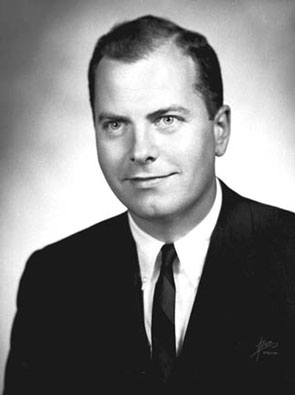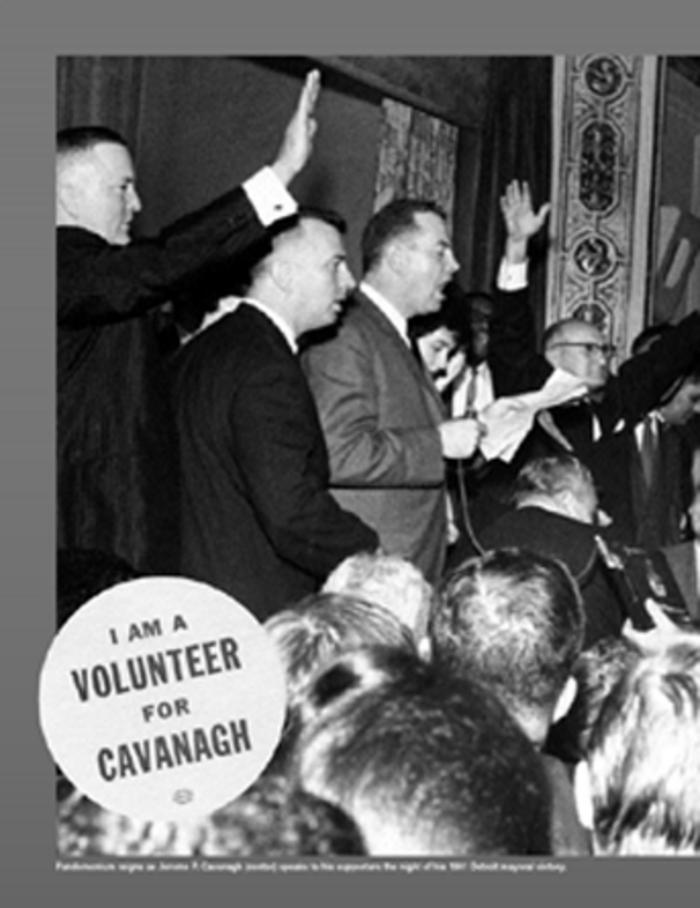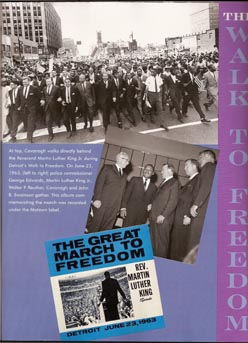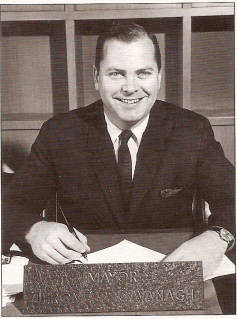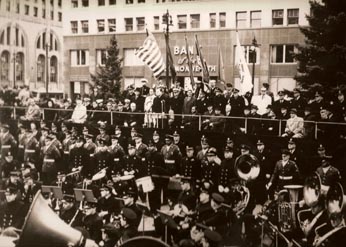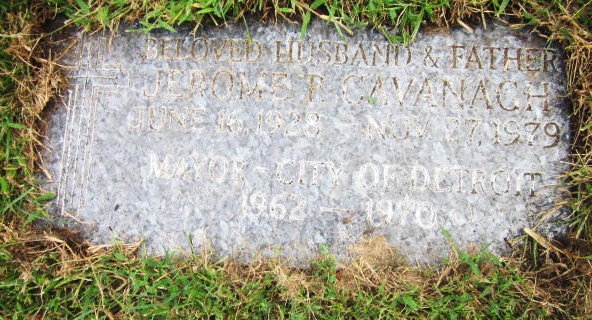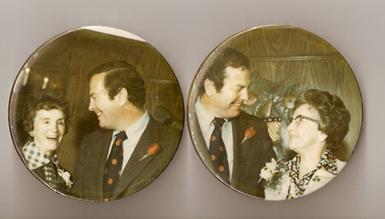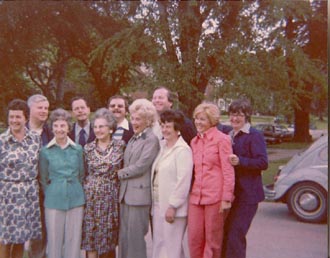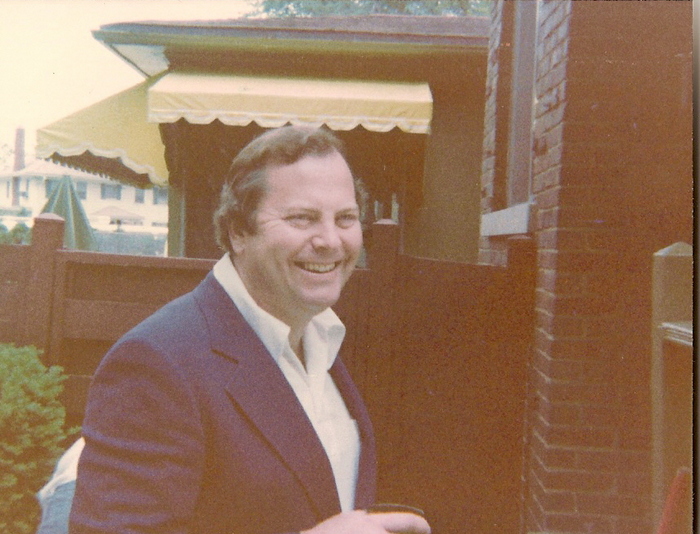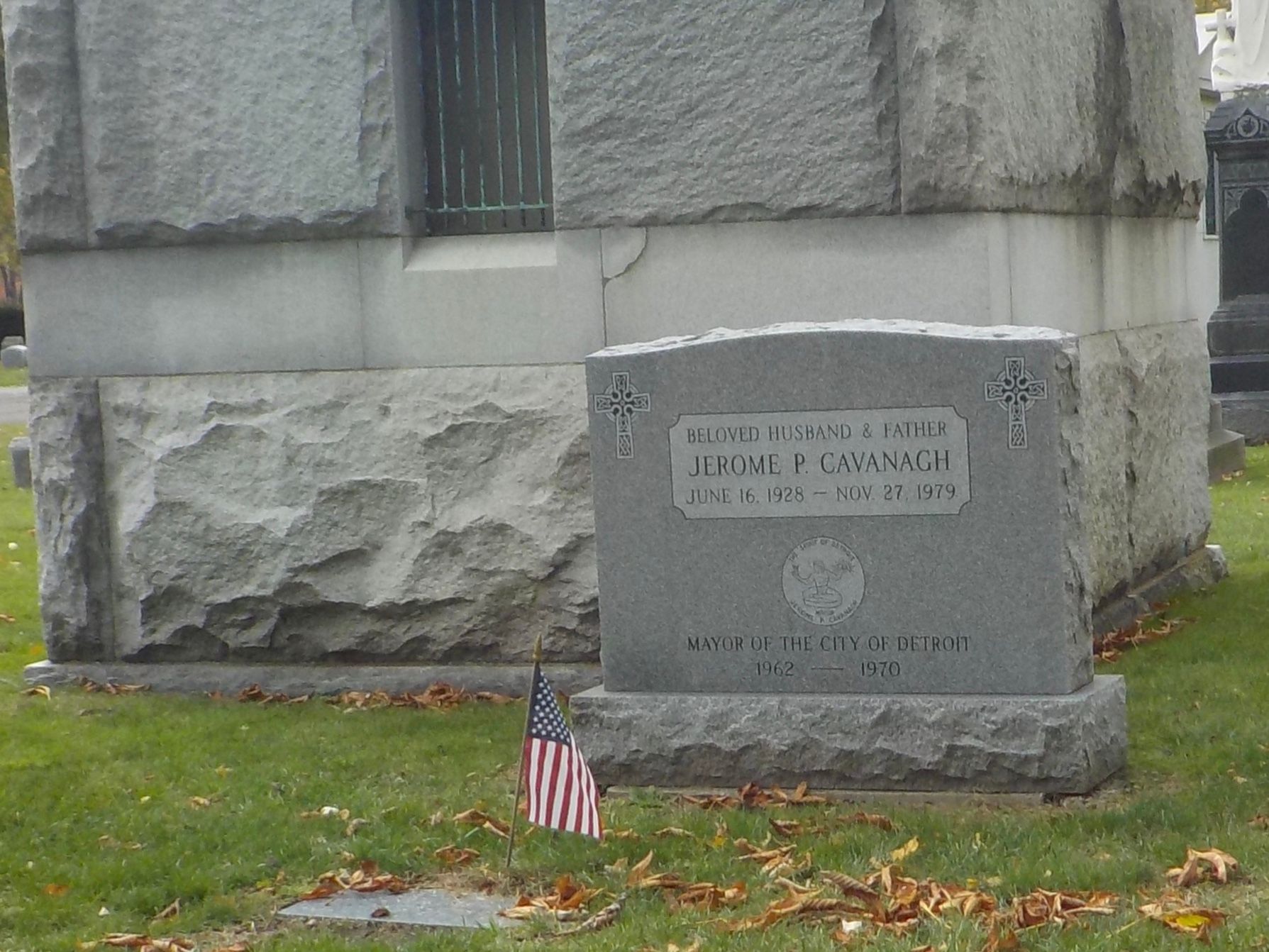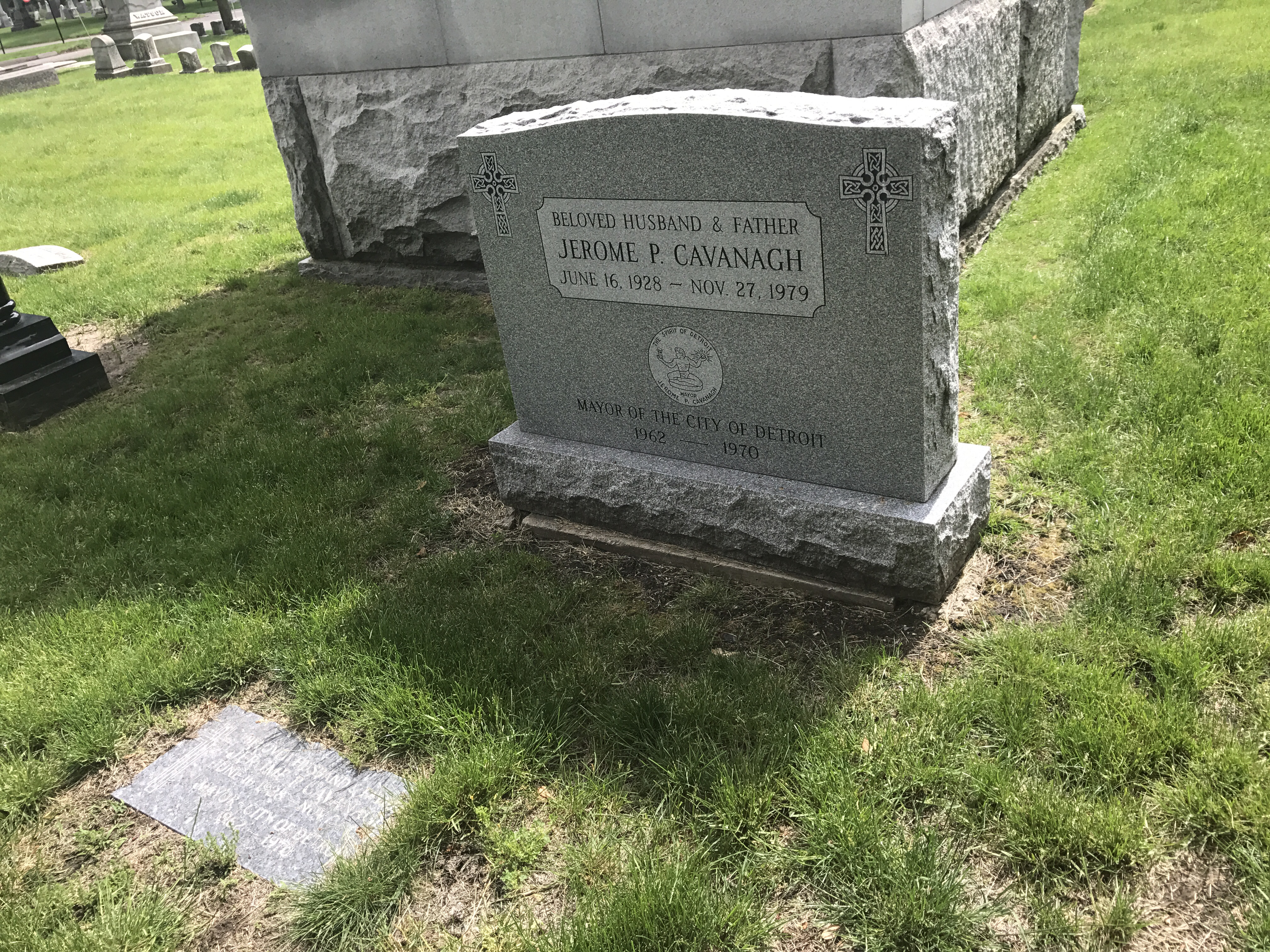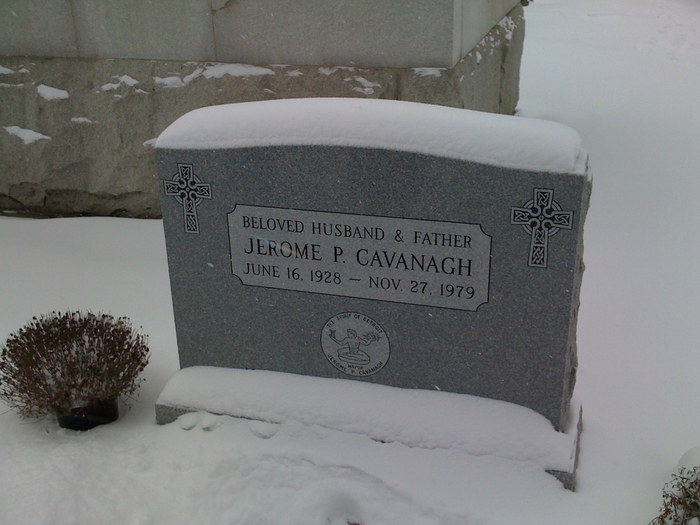In addition, having secured the overwhelming majority of the black vote in his first election, it was natural that this very affable and unprejudiced man would later become the first national Mayor to not only allow, but join Martin Luther King, Jr. in staging a March in a major city. It was held in 1963 and led down Woodward avenue, the largest avenue in the city. He was also the first Detroit Mayor to appoint blacks to his administration, hiring Alfred Pelham, a Harvard educated black, as the City Controller, and many others afterwards and was a first in all matters, too many to enumerate, concerning racial equality. Despite the successes his programs achieved, he was still not able to stem the riot that engulfed Detroit in 1967. Despite his pleas for immediate help from the Federal government, politics delayed the sending in of troops until the riot was well under way. By that time, it was too late to stop it from becoming one of the worst race riots in US history.
Following the end of his second term in 1970, he maintained a successful law practice in Detroit. In 1974, he again ran for political office, running for Governor, but was unsuccessful. Health problems and the crushing experience of seeing all of his effort "go up in smoke" in the catastrophic riot in 1967, eventually led to his early death in 1979 at the age of 51 while visiting a law client in Lexington, KY. During the days following his death, flags were flown at half staff and his funeral was one of the largest in Detroit history. He was later posthumously honored by having the North Wing of the Detroit Institute of Arts named after him.
At the time of his death, he left a wife, their adopted child, and eight children from his first marriage to Mary Helen Cavanagh, nee Martin.∼Jerome Patrick Cavanagh was mayor of Detroit, Michigan from 1962 to 1970. Initially seen as another John F. Kennedy, his reputation was cemented by the 1967 riots. He was the first Mayor to inhabit the Manoogian Mansion, Donated to the city by the industrial baron Alex Manoogian. In his first campaign ever, the 33 year old Cavanagh stunned political observers by defeating incumbent Louis Mariani. Mariani had an enormous amount of institutional support, but he had managed to alienate both Detroit's growing black community by condoning police brutality and Detroit's white reactionaires by not doing anything to halt residential integration. His hopes were dashed by large macroeconomic forces, generations of anger, and tragic fate. As Mayor, Cavanagh got off to a popular start, appointing a reformer to be chief of police and implementing an affirmative action program for most city agencies. Unlike Chicago Mayor Richard J. Daley, who stonewalled the American civil rights movement, Jerry Cavanagh welcomed Martin Luther King, Jr. to Detroit, and marched with him in June 1963 down Woodward Avenue in the 100,000 strong March for Freedom. Cavanagh was successful in getting money from Washington, DC through the Model Cities Program. New skyscrapers were built downtown. Cavanaugh ran for United States Senate in 1966, and had ideas of higher achievement. Cavanagh wanted to show the nation that cities could be relevant and livable. Mayor Cavanaugh did not run for re-election in 1969. For 1969 Democratic candidate Roman Gribbs was elected. In 1974, Cavanagh again ran for office, this time for Governor, but lost in the primary election to Democrat Sander Levin, who later lost in the general election to Republican William Milliken. It was to be Cavanagh's last attempt at political office. Following his defeat, Cavanagh returned to his private law practice in Detroit.
Thank You Jack Lessenberry for the correction on the 1969 election.∼Date of Interment: 05/13/2008
In addition, having secured the overwhelming majority of the black vote in his first election, it was natural that this very affable and unprejudiced man would later become the first national Mayor to not only allow, but join Martin Luther King, Jr. in staging a March in a major city. It was held in 1963 and led down Woodward avenue, the largest avenue in the city. He was also the first Detroit Mayor to appoint blacks to his administration, hiring Alfred Pelham, a Harvard educated black, as the City Controller, and many others afterwards and was a first in all matters, too many to enumerate, concerning racial equality. Despite the successes his programs achieved, he was still not able to stem the riot that engulfed Detroit in 1967. Despite his pleas for immediate help from the Federal government, politics delayed the sending in of troops until the riot was well under way. By that time, it was too late to stop it from becoming one of the worst race riots in US history.
Following the end of his second term in 1970, he maintained a successful law practice in Detroit. In 1974, he again ran for political office, running for Governor, but was unsuccessful. Health problems and the crushing experience of seeing all of his effort "go up in smoke" in the catastrophic riot in 1967, eventually led to his early death in 1979 at the age of 51 while visiting a law client in Lexington, KY. During the days following his death, flags were flown at half staff and his funeral was one of the largest in Detroit history. He was later posthumously honored by having the North Wing of the Detroit Institute of Arts named after him.
At the time of his death, he left a wife, their adopted child, and eight children from his first marriage to Mary Helen Cavanagh, nee Martin.∼Jerome Patrick Cavanagh was mayor of Detroit, Michigan from 1962 to 1970. Initially seen as another John F. Kennedy, his reputation was cemented by the 1967 riots. He was the first Mayor to inhabit the Manoogian Mansion, Donated to the city by the industrial baron Alex Manoogian. In his first campaign ever, the 33 year old Cavanagh stunned political observers by defeating incumbent Louis Mariani. Mariani had an enormous amount of institutional support, but he had managed to alienate both Detroit's growing black community by condoning police brutality and Detroit's white reactionaires by not doing anything to halt residential integration. His hopes were dashed by large macroeconomic forces, generations of anger, and tragic fate. As Mayor, Cavanagh got off to a popular start, appointing a reformer to be chief of police and implementing an affirmative action program for most city agencies. Unlike Chicago Mayor Richard J. Daley, who stonewalled the American civil rights movement, Jerry Cavanagh welcomed Martin Luther King, Jr. to Detroit, and marched with him in June 1963 down Woodward Avenue in the 100,000 strong March for Freedom. Cavanagh was successful in getting money from Washington, DC through the Model Cities Program. New skyscrapers were built downtown. Cavanaugh ran for United States Senate in 1966, and had ideas of higher achievement. Cavanagh wanted to show the nation that cities could be relevant and livable. Mayor Cavanaugh did not run for re-election in 1969. For 1969 Democratic candidate Roman Gribbs was elected. In 1974, Cavanagh again ran for office, this time for Governor, but lost in the primary election to Democrat Sander Levin, who later lost in the general election to Republican William Milliken. It was to be Cavanagh's last attempt at political office. Following his defeat, Cavanagh returned to his private law practice in Detroit.
Thank You Jack Lessenberry for the correction on the 1969 election.∼Date of Interment: 05/13/2008
